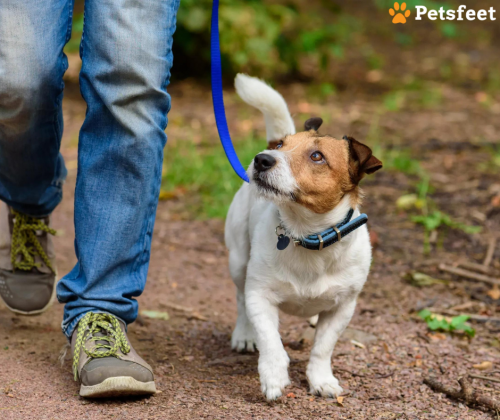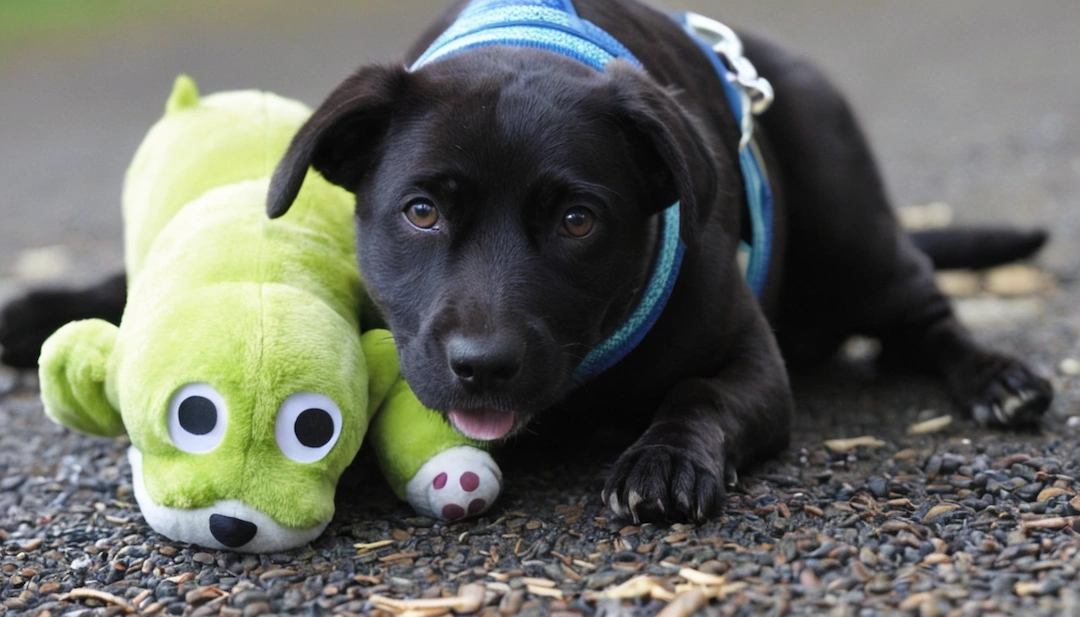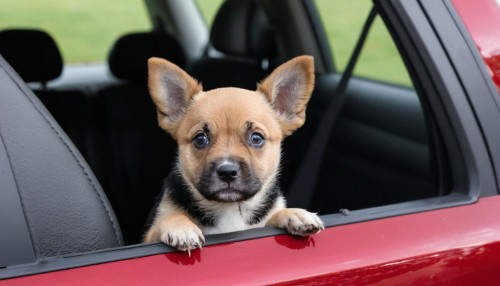
5 Things to Consider Before Moving With Your Pet
Send enquiry
You should start planning for your pets long before moving day-in fact, before you even start dropping by open houses. Consider putting dogs and cats in a room with a door that can be closed during move out and move in, as the front door is likely going to be open a lot as you move all your things inside. The last thing you want is an escapee to chase after during your already exhausting day.
Don’t forget, if you don’t accompany your pet, you’ve to issue an authorization with the name of the person responsible for your pet. The state you’re moving to may have licensing requirements, vaccination requirements, or both. Yes, but keep in mind that you have to follow both the United States regulations as well as the regulations in the other country to which you are traveling
1. Make sure your pet is healthy
Before you move with your pet, make sure they are healthy and well fed. A sick or undernourished animal can cause stress and anxiety for both you and your pet. Check their health condition and give them enough time to adjust to the new environment.
2. Discuss your plans with your vet
You should discuss your plans with your veterinarian first. They may recommend additional tests or treatments to ensure your pet is healthy and comfortable. You’ll want to take your pet to the vet before a move to both ensure their health is in tip top shape or any conditions are being managed and to get their records and any prescriptions to take with you. You can also ask your vet for advice regarding moving and even see if they have any recommendations for a new vet in your area. If not, you should start looking for a new vet as soon as you can so your pet doesn’t go without care once you’ve made the move. Your veterinarian may recommend having your pet examined by a specialist prior to moving.
3. Have your pet examined
This helps identify any health issues that could arise while traveling. The first thing you should check is your pets' teeth. This is especially true if they are older than 6 months. Look at their gums and tongue. Are they bleeding? Do they look swollen? Is there any pus around their mouth? If yes, then you should take them to the vet immediately.
4. Keep your pet safe
Make sure your pet is wearing their identification tags at all times. And if you plan on taking them outside, make sure they wear a collar with identification and contact information. Your pet needs to eat well. They should always have access to fresh water. And they should never be fed dry kibble. Dry kibble is usually low in protein and fiber. So, it doesn't give your pet enough nutrition. Instead, they should be fed wet foods. Wet foods contain meat, fish, poultry, eggs, dairy, vegetables, fruits, and grains.
5. Make sure you have the appropriate permits and paperwork.
Due to Federal Regulations, you’ll need to provide written certification that: For public boats, check with the boating company to find out their requirements and restrictions. Make sure your pet has a microchip and documents required by the country you are traveling to You’ll have to make sure you have an import permit for your pet. This must include all the relevant paperwork including the rabies documentation if applicable.
Frequently Asked Questions(FAQ)
Share this post
What service do you need? Petsfeet will help you

#10 Business Directory and Service Provider
Petsfeet provided free online business listing services and a new way to brand yourself on the internet. Add your business with petsfeet to reach out of millions of people by connecting with new customers.
Copyright © 2021 . Proudly powered by petsfeet.com











